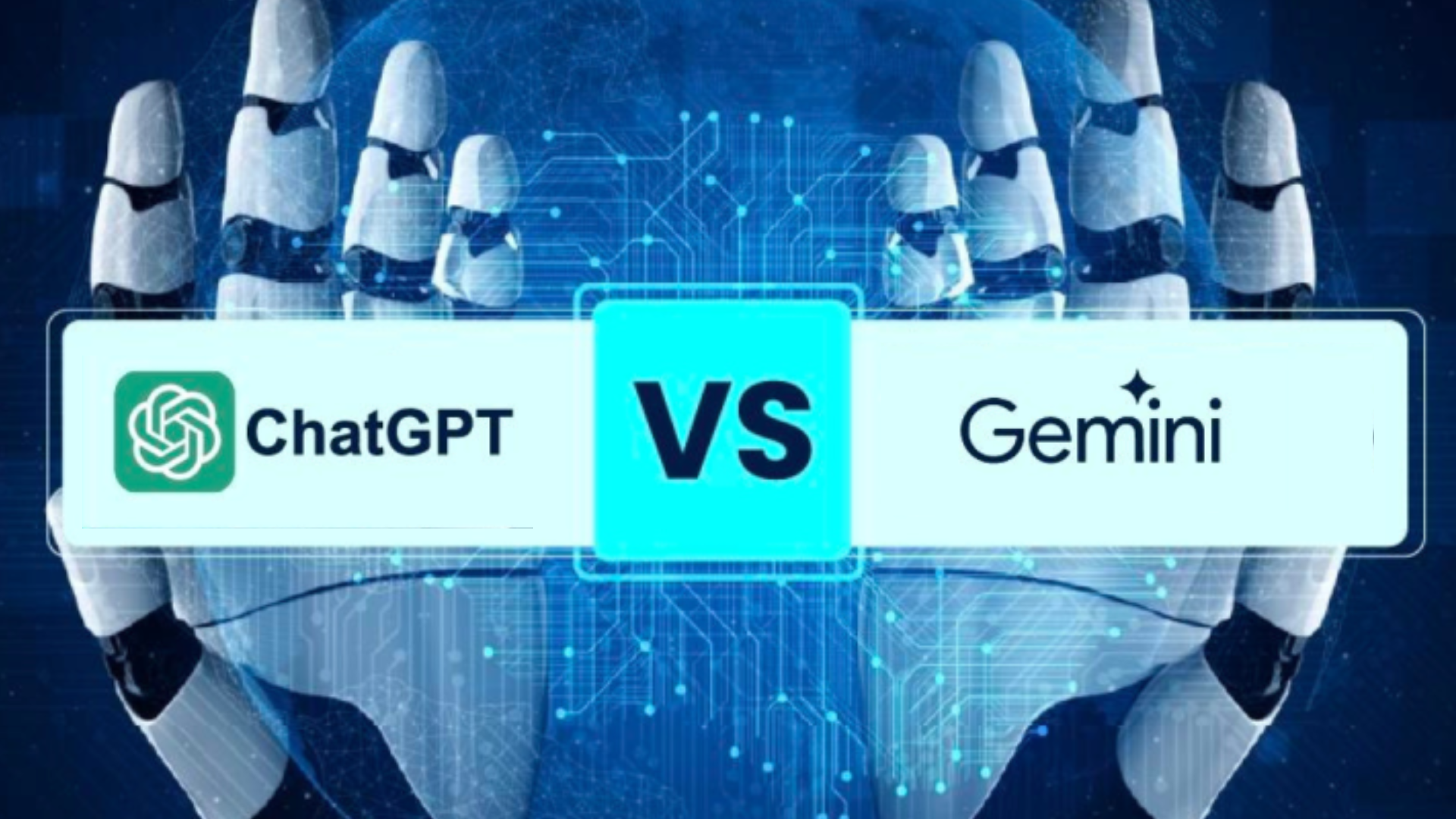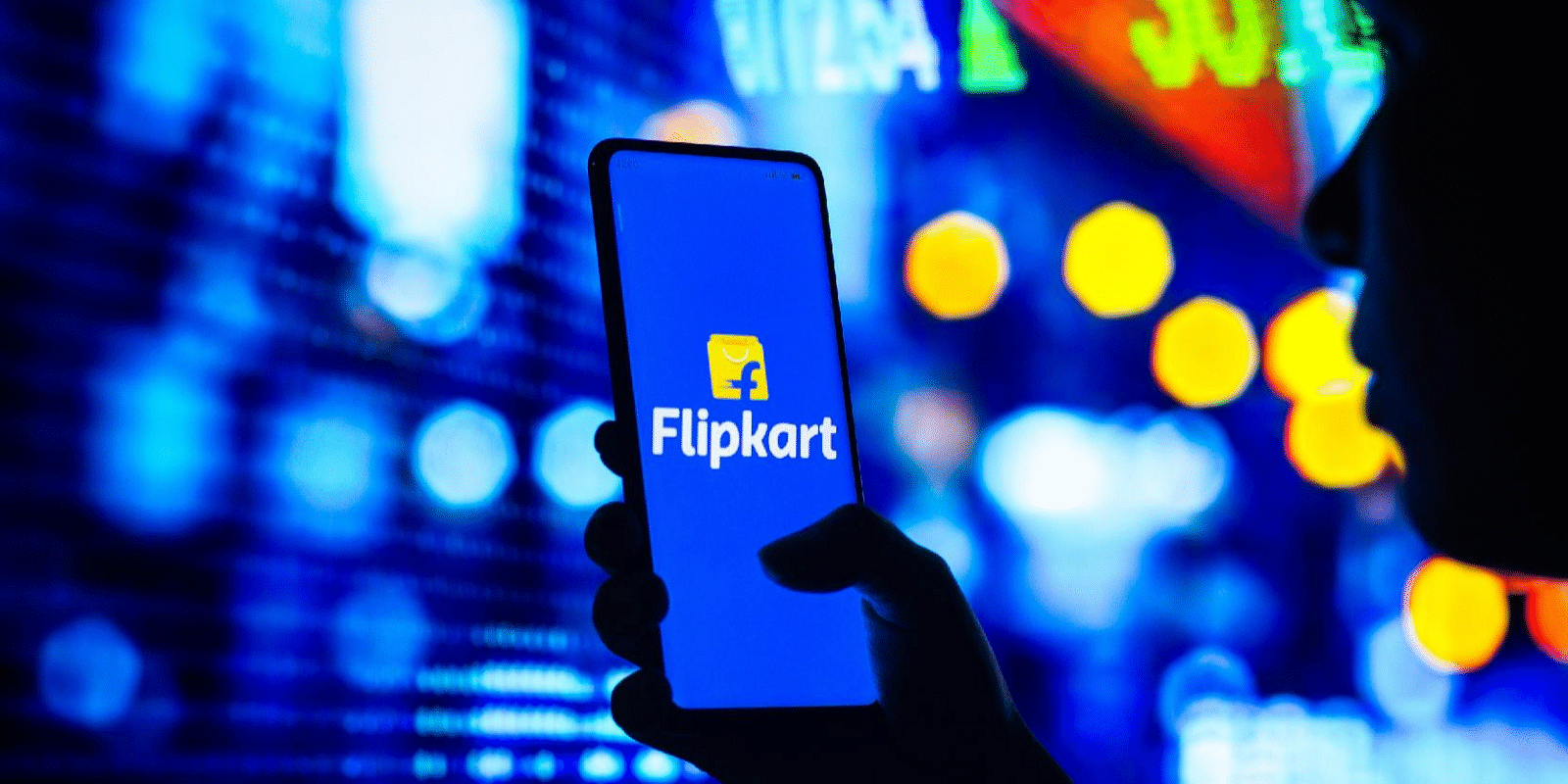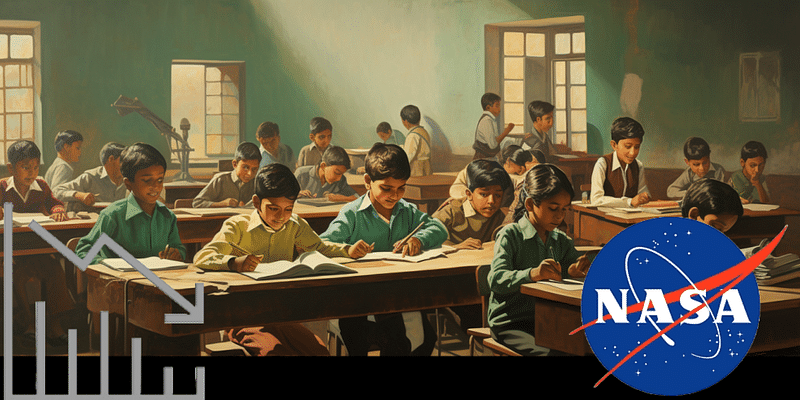Rise of India's Energy Drink Market: Decoding the Reasons
These fizzy cans, packed with caffeine and other stimulants, have become the go-to for young adults, millennials burning the midnight oil, and even blue-collar workers seeking an extra jolt. But what exactly sparked this electrifying growth? Buckle up, and let's take a deep dive!
The energy drink market in India has experienced significant growth in recent years due to a confluence of factors. In 2023, the market reached a value of approximately $5.9 billion USD. This boom can be attributed to shifting consumer lifestyles, particularly among younger generations and millennials, who favor energy drinks for their promise of heightened alertness, concentration, and energy levels.
From Premium to Pocket-Friendly: A Price Revolution
Remember the days when Red Bull first landed on Indian shores in 2009, sporting a price tag that could break a student's piggy bank? Then came Monster in 2014, but with a slightly less eye-watering cost. While these international giants were busy brewing brand image, they left a gap in the market – affordability.
Enter the saviors – soft drink titans PepsiCo and Coca-Cola. They swooped in with their respective energy drinks, Sting and Charged, offering a more wallet-friendly option. This move democratised energy drinks, making them accessible to the masses.
The Market Gets Crowded: A Power Play with Punches
The party didn't stop there. Alcoholic beverage giant AB InBev, the folks behind Budweiser, joined the fray in 2021 with Beats. This growing competition highlights a key factor in the market's surge: the classification of energy drinks. Unlike some countries with stricter regulations, India offers more flexibility, allowing new players to experiment with ingredients and target specific demographics.
These newcomers are capitalising on the price gap left by Red Bull and Monster, offering a powerful punch at a fraction of the cost. With India boasting a massive youth population (over 1.4 billion!), the future of the energy drink market looks positively charged.
Distribution Channels and Regional Growth:
Convenience stores remain the leading distribution channel, providing quick access for on-the-go consumers while offering competitive prices. Supermarkets, specialty stores, and online retailers are also key channels, reflecting the diverse ways in which consumers prefer to shop. Regionally, the market is flourishing across North, South, West, and East India, each with distinct consumption patterns but a shared inclination toward functional beverages that offer caffeine or other energy-boosting ingredients
Navigating the Course: Regulations and Responsible Growth
However, sustaining this electrifying growth requires careful maneuvering. Regulatory bodies like the FSSAI (Food Safety and Standards Authority of India) are issuing stricter guidelines, particularly regarding labeling practices. Companies need to stay ahead of the curve and ensure transparency to maintain consumer trust.
In summary, the Indian energy drink market's growth stems from a combination of strategic pricing, aggressive marketing, evolving consumer lifestyles, and effective distribution networks. Despite the competitive landscape and regulatory hurdles, the market is poised for further expansion, as companies innovate to meet the diverse needs of India’s youthful demographic.
Edited by Rahul Bansal











